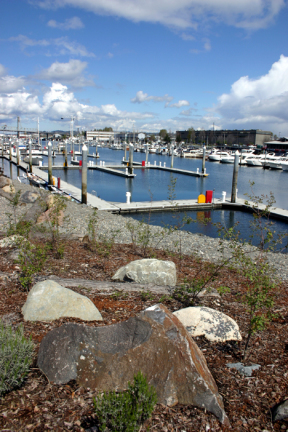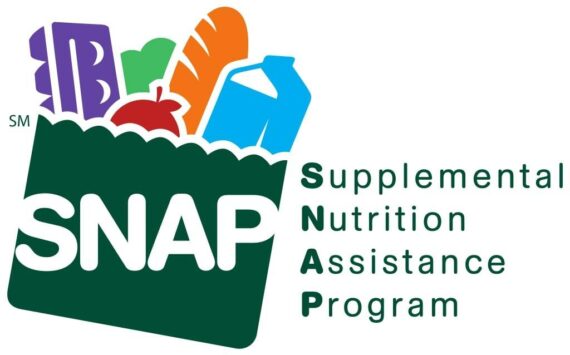Less than a month after city and county leaders gathered on the shores of Thea Foss Waterway to celebrate the end of a multimillion-dollar effort to remove pollutants from the scenic waterfront, concern was raised this week over the potential for recontamination.
According to a presentation Tuesday during the Tacoma City Council study session, amounts of chemicals known as phthalates (pronounced THAY-LATES) recently found in Foss sediments could surpass Department of Ecology standards for acceptable levels.
Phthalates are the hot topic of the day, said Karen Larkin, assistant public works director.
Larkin told councilmembers that Washington is the only state with sediment management standards, and Tacoma is part of the Environmental Protection Agencys (EPA) Region 10 — an area with the most stringent sediment standards nationwide. Its an issue because there is a threshold limit. When you cross that limit, you have a problem.
According to Larkin, the city will team with Seattle and King County — which have found phthalates in the Duwamish River — and form a work group to develop a plan, schedule, and cost estimates to prevent phthalate pollution. A joint letter dated May 11, addressed to the Department of Ecology and the EPA, and prepared by the City of Tacoma, King County Department of Natural Resources, and Seattle Public Utilities will outline the work teams goals, including:
— determine the threat level and significance of pollutants to the health and welfare of the region
— identify the sources of phthalates and how they are released to the environment
— create options for controlling and reducing pollutants
— implement a plan for educating the public about toxins and ways to reduce contamination
Still, the work teams task might prove difficult considering the ubiquity of phthalates — synthetic chemicals used to make plastics, solvents, and detergents, and widely used in household and automotive products.
Though phthalates are banned in Europe, they are legally used in manufacturing and found in products ranging from water bottles to baby toys, according to Larkin.
That said, phthalates arent limited to urban stormwater runoff, and can be traced to automobile exhaust and cigarette butts. Indeed, the recent testing that initially raised concerns over phthalates also indicated pollutants were deposited from the air, said Larkin.
On the Foss, the city plans to take additional sediment samples and perform biological testing to gauge the level of phthalates.








